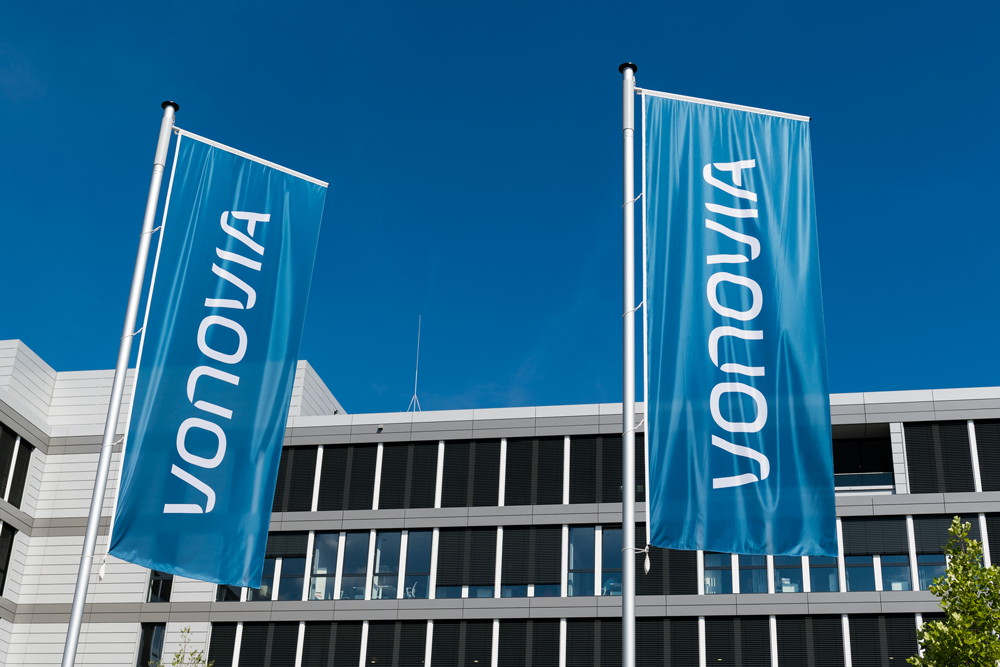The Company
Vonovia’s business model is based on the rental of good-quality, modern and, most importantly, affordable living space, the development and construction of new apartments, both for its own portfolio and for sale to third parties, and the provision of housing-related services. These housing-related services mainly relate to cable TV, energy services, automated meter reading and senior-friendly apartment modernization. This is supported by our caretakers and by our established craftsmen’s and residential environment organization.
To date, Vonovia’s business model has proven to be robust and largely resilient in these times of the coronavirus pandemic. There was no material impact on the net assets, financial position and results of operations. The focal point of Vonovia’s work of late has been the quest to successfully maintain its business processes and protect its customers and employees. The already high level of digitization inherent in our business processes allowed us to transition almost seamlessly to working from home for back office functions. There were no significant interruptions on our building sites.
Our business model is also future-fit in the long run, as it can use sustainable new construction and refurbishment approaches, CO₂ reduction in the real estate portfolio and innovations relating to the energy mix, materials, biodiversity, emissions and waste to contribute to solutions for climate protection objectives.
Aspects of Sustainability at Vonovia
Our neighborhoods, the main areas of action for creating a socially responsible housing industry, are to provide housing that responds to tenants’ needs as part of a process aimed at tenant participation so as to boost customer satisfaction and also contribute to the integration of our increasingly diverse society. In the initial phase of every neighborhood development project, residents are involved in the plans as part of a civic participation process so as to arrive at a shared vision. In addition to the strategic neighborhoods (urban quarters), there are unique strategic properties (urban clusters) to which the action options of the strategy and business model are adaptively applied.
The large number of urban quarters and urban clusters in urban areas allows Vonovia to use its strategy to address the challenges arising from the megatrends. Around 70% of Vonovia’s portfolio (excluding Deutsche Wohnen’s portfolio) is located in contiguous urban quarters, i.e., neighborhoods that generally include more than 150 apartments. At Vonovia, designing homes that offer real quality of life always involves identifying what the relevant social structures need, taking into account the history of these neighborhoods. In 2021, 15 neighborhood development projects were at the operational implementation stage, with two newly built neighborhoods being completed. Intensive work is currently under way to prepare for the operational implementation of a further 20 neighborhood development projects, and additional newly built neighborhoods are in the pipeline.
As well as allowing social projects to be implemented, meeting places to be created, doctors or supermarkets to move into the area and cultural events to be offered, urban quarters offer an ideal platform for the implementation of new and innovative products. The development business is also consistent with the sustainable neighborhood concept.
Vonovia aims to be an attractive employer for its employees, ensuring equal opportunities and supporting staff members in their personal and professional development. Trustworthy, reliable and transparent corporate governance will lay the foundation for this.
Vonovia manages a housing stock of around 505,000 of its own apartments in almost all of Germany’s attractive cities and regions. It also manages a portfolio of around 38,000 units in Sweden and approximately 22,000 in Austria. The total fair value comes to around € 97.8 billion, with net assets based on the EPRA definition coming to approximately € 51.8 billion (European Public Real Estate Association: EPRA). In addition to its own apartments, Vonovia manages around 71,000 apartments for third parties. This makes Vonovia one of the leading residential real estate companies in Germany, Austria and Sweden, albeit with a low market share of around 2.1% in Germany due to the highly fragmented nature of the market. Vonovia also holds a minority stake in a portfolio previously held by the French railway operator SNCF and in the Dutch company VESTEDA.
Vonovia’s roots and those of its predecessor companies extend back into the 19th century and lie in not-for-profit housing and housing for factory workers in Germany’s Ruhr region. Deutsche Annington and GAGFAH have their roots in housing construction companies that built low-cost homes for workers, salaried employees and civil servants. Many of the housing developments and neighborhoods built in that era were model projects of the time and are now covered by preservation orders. Living in neighborhoods known as “workers’ settlements” was about much more than just affordable living space. The residents were colleagues and neighbors; they worked and lived together. The approximately 586 neighborhoods (excluding Deutsche Wohnen) that the company has today are one of Vonovia’s USPs and a focal point of the answers to the megatrends facing us. The story of Vonovia’s roots continued in 2021 with the takeover of the Deutsche Wohnen Group. In addition, 2021 saw Vonovia celebrate the 70th anniversary of BUWOG, which has its roots in Austria. BUWOG was created by the Austrian government as a housing company for civil servants and was eventually privatized. It was in this time that BUWOG evolved into a leading real estate developer in Germany and Austria. The Swedish properties originate from the “Million Program” public housing program of the 1960s and 1970s, the aim of which was to create simple, low-rent homes. A need for modernization and development meant that selected properties in and around Stockholm, Malmö and Gothenburg were ultimately acquired by Victoria Park and Hembla as investors.
The integration of the Deutsche Wohnen organization and processes into Vonovia’s structures will be the main task facing the company in 2022.



